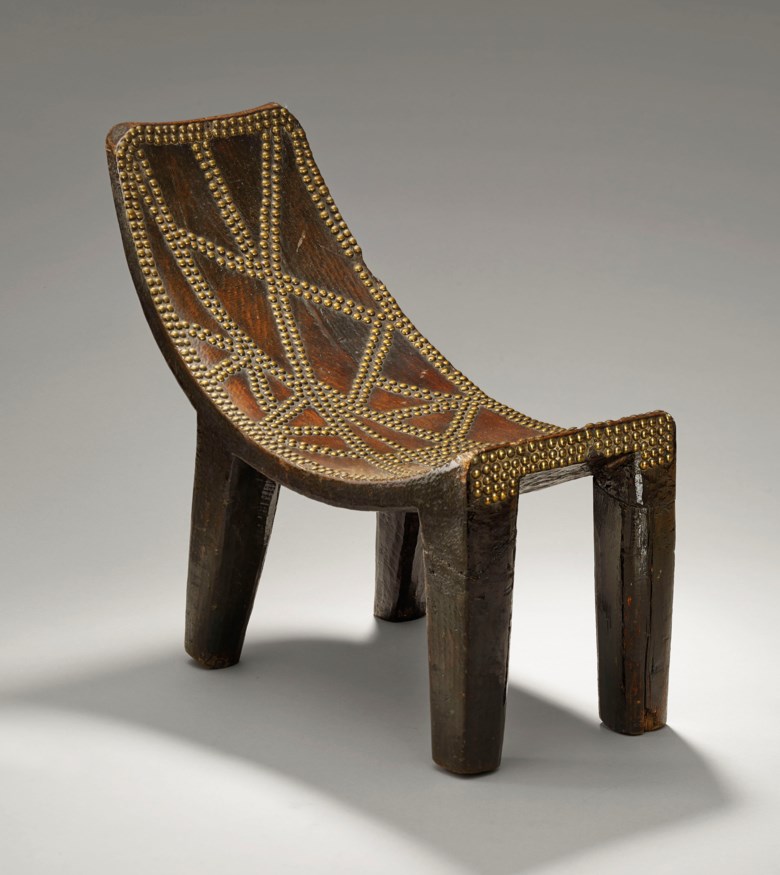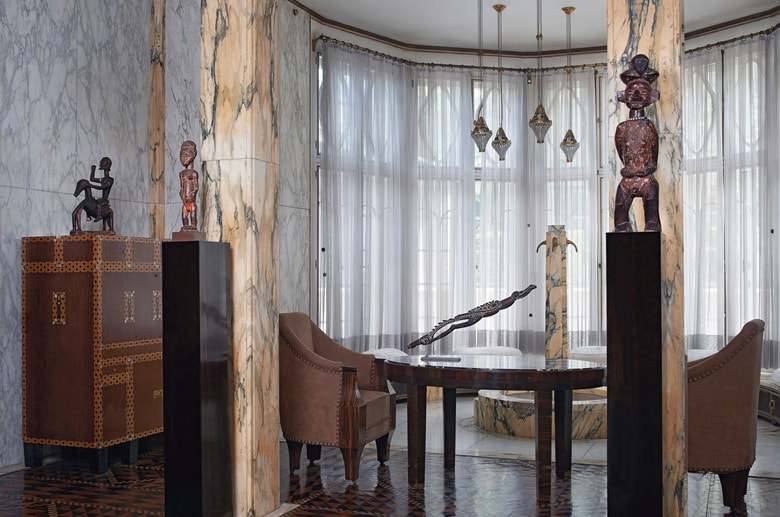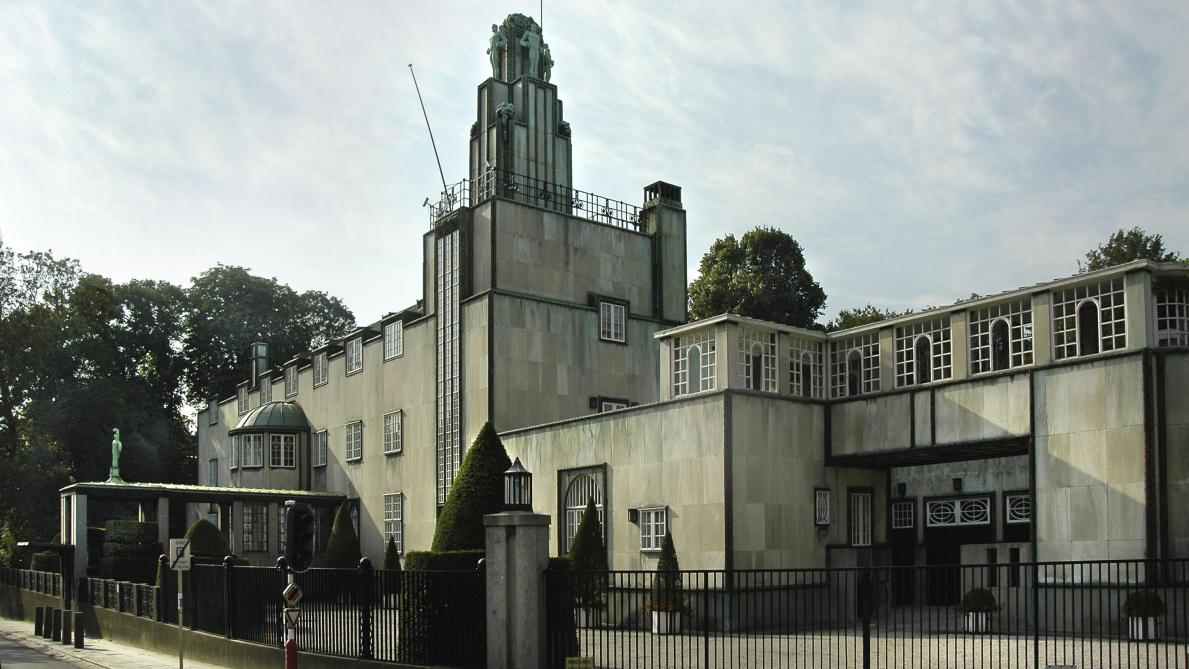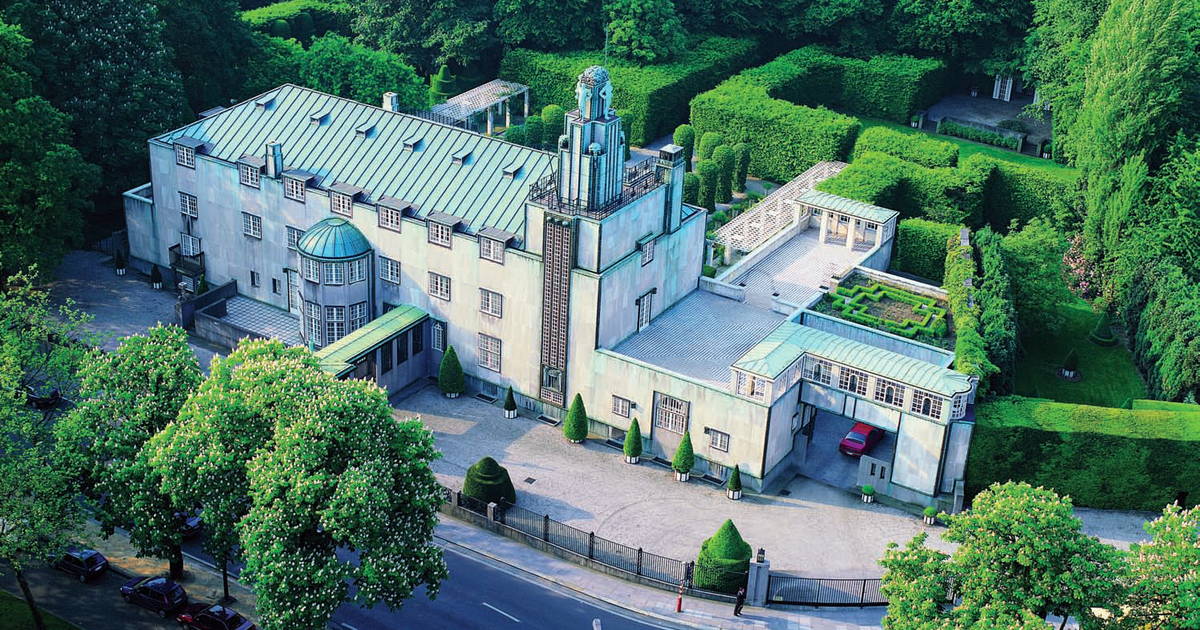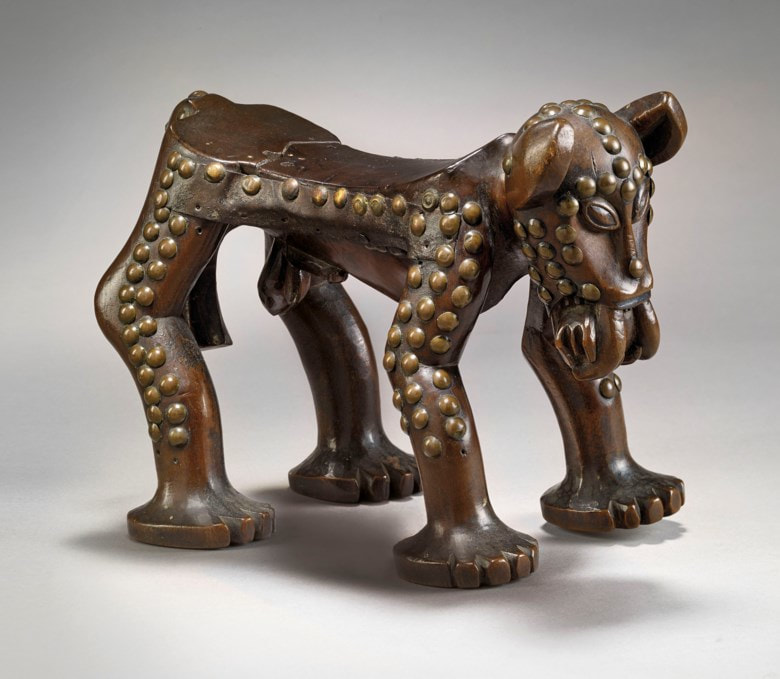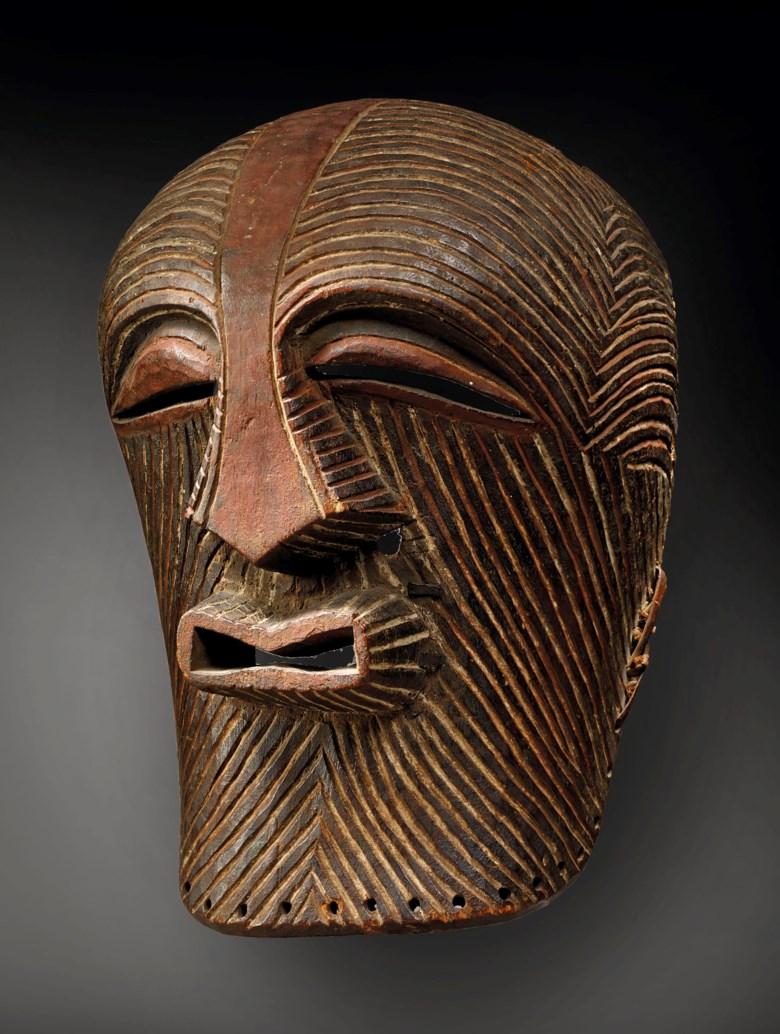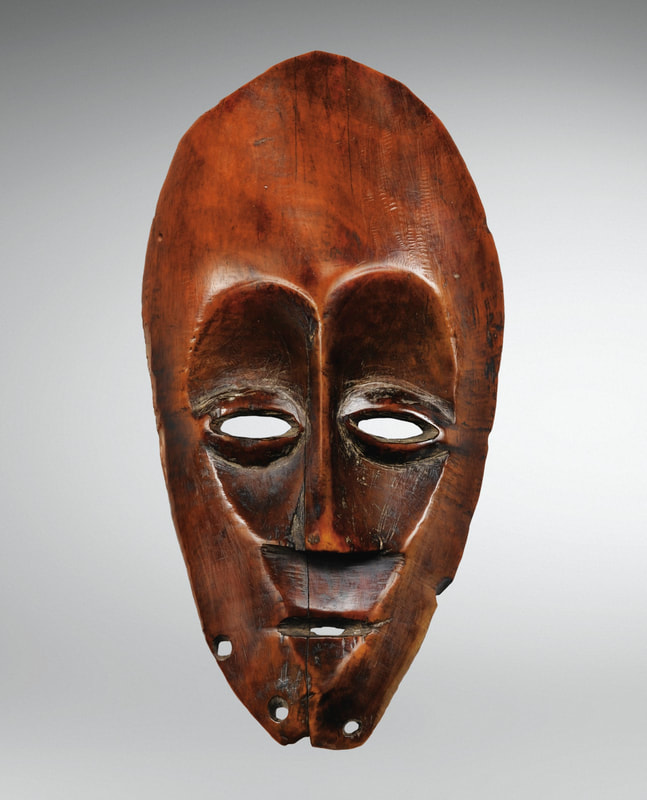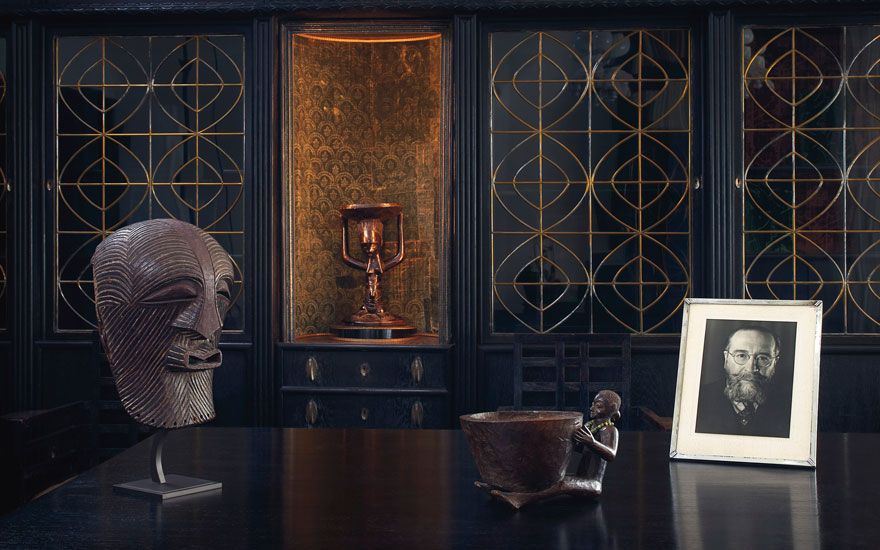It lasted four generations, over a centuryת in the hands of the family, Adolphe Stoclet’s spectacular collection of African and Oceanic Art, which will be sold at Christie’s next week. The name of this art patron is well known to anyone interested in design and architecture for the iconic, almost mythical house, Palais Stoclet now a UNESCO world heritage site, which he commissioned from Josef Hoffmann and which was completed in Brussels in 1911. I don’t know anyone who has visited the house, as it has been closed to the public for over a century, and with the exception of photographs which were taken many years ago, this house has remained a mystery. In fact, everything about it and the life lived in this house have been a mystery, and according to Bruno Claessens, Head of African and Oceanic Art at Christie’s in Paris, while the collection has been known to be existed, ‘nobody knew what exactly was in it.’ Anyone who drives along Avenue de Tervueren, Brussels’ prestigious avenue, can see the house, tucked away behind a tall iron gate, preventing from the public to get a close look at this legendary structure. Stoclet, who had inherited his father’s fortune in 1904, becoming one of the richest people in Belgium, had a deep love and interest in the arts, and when living in Vienna, he was introduced to the Wiener Werkstätte, the workshop of architects, artists and designers who created one of the most magical houses of the 20th century, a Temple of the Arts. This collection, we learn now, was on display at the Palais Stoclet and includes pieces from Congo, a former colony of Belgium, and Songye, making it ‘once in a lifetime opportunity’ in the field of African and Oceanic Art.

